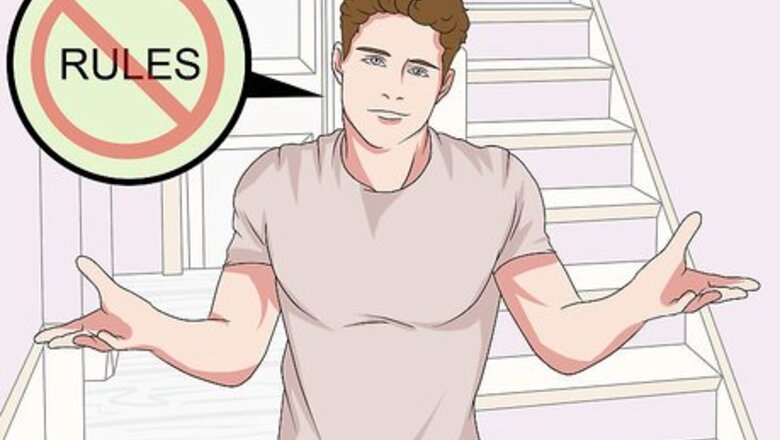
views
Forget the rules.
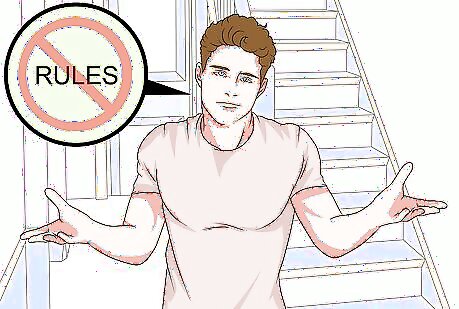
One might assume that drawing or painting has to be done in a certain way. Beginners may try to draw very small and exacting and find it very difficult. For a professional artist it might be whatever gets the job done, whether it is copying, tracing, free hand, whatever.
Go for the end result.
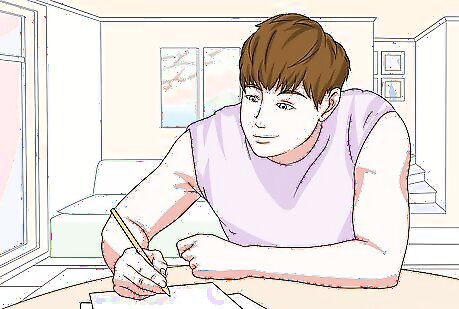
The patron does not buy the technique but the finished product. For quick, more free-form drawing one might try to use very large paper, chalk or high number soft lead pencil and draw using the whole arm and even body in broad sweeping motions. The idea here is to feel the subject of the drawing, attempt to capture that feeling, as a more sweeping essence of lines.
Try abstract representation.
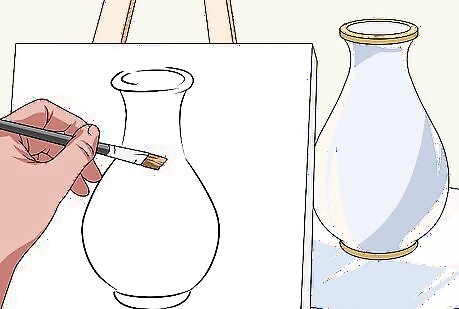
One does not have to replicate the subject exactly. One is free to do what they want with it and change it however they see fit. One can attempt to duplicate photographic likeness, or can make one's own interpretation by subtracting or adding. One can shade with large block of charcoal used at different angles or broad pencil scribbling.
Experiment with your art style.
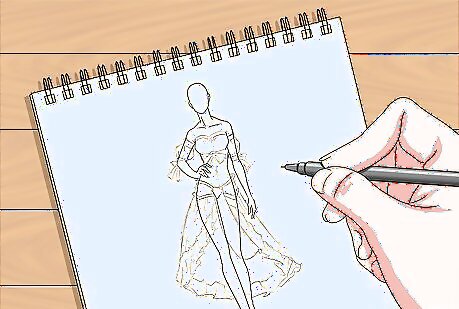
It is always good to experiment and try different techniques to see what one can learn. One can also try to draw not from an external subject, but by attempting to bring a subject up out of the subconscious, as complete made-up fantasy as sometimes self-psychological-insights, or some combination thereof.
Nail down all the basics of the subject quickly.
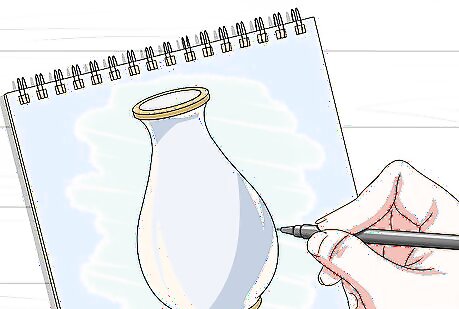
Block in the basic shapes and geometries. Then if you're still not bored you can start to indicate shadows and form. But the important thing is to get the basics down first. This really shouldn't take more than a few seconds. Then correct your misjudgments until you are satisfied.
Do not give in to the Artist's Disease.
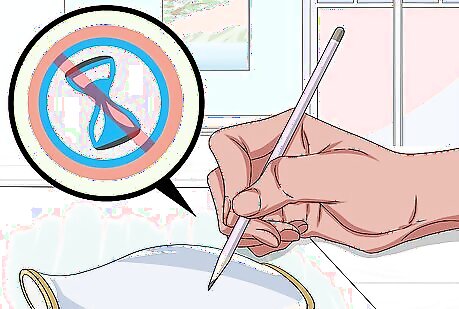
This is the moment when the art piece is almost done, but the artist gets picky. They keep adding "final touches", and end up taking a long time to finish (or they never finish at all).










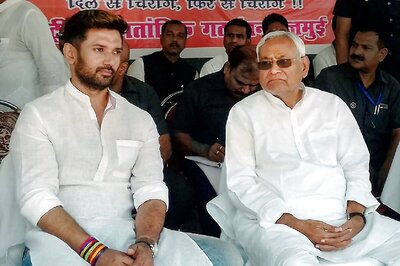


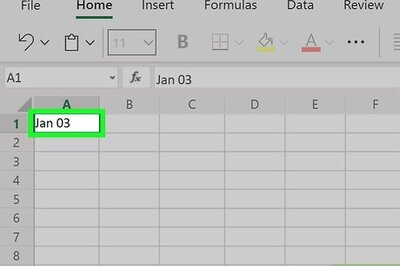

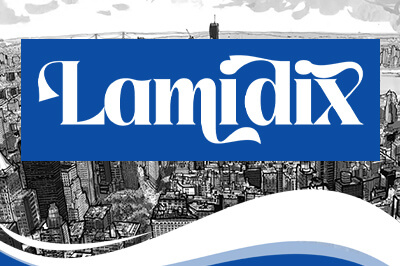


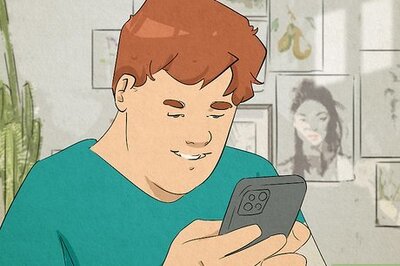
Comments
0 comment